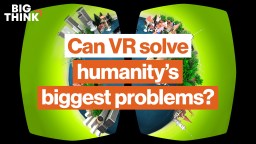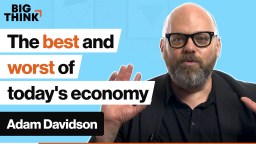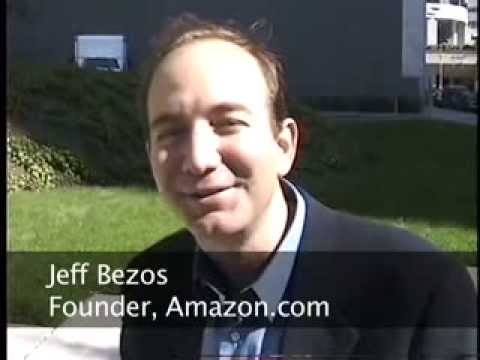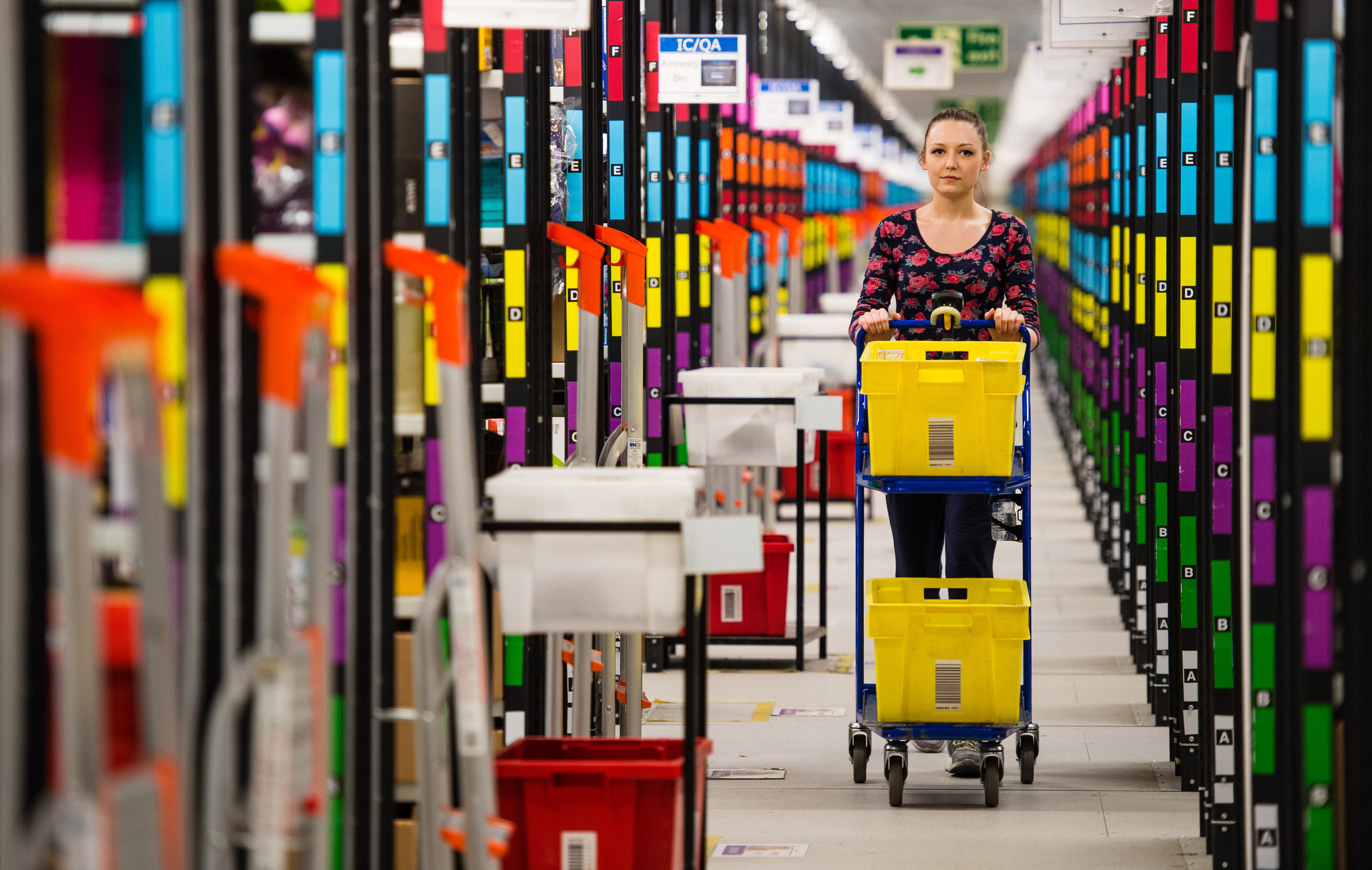shopping
Virtual reality is more than a trick. It’s a solution to big problems.
▸
11 min
—
with
These new status behaviours are what one expert calls ‘inconspicuous consumption’.
The best and worst of yesterday has created the economy of today.
▸
7 min
—
with
Jeff Bezos, the founder of Amazon.com, explains his plan for success.
Amazon’s blockbuster purchase of Whole Foods will lead to big changes in how we shop.




